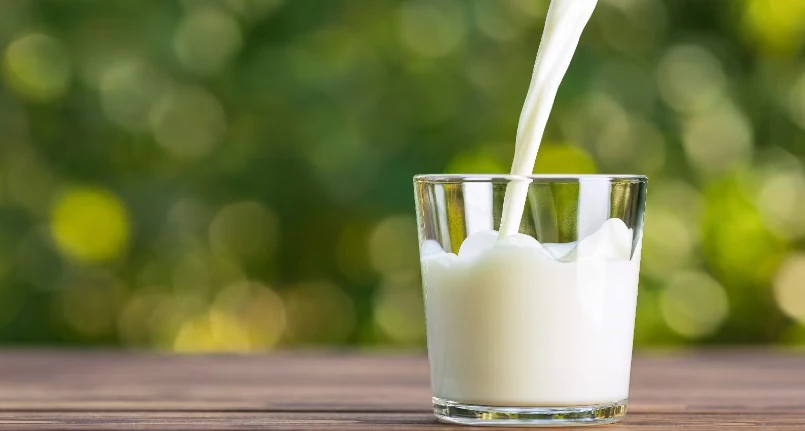Hydrogenated fats are lipids which – in order to reach chemical-physical characteristics useful for the needs of the food industry – undergo a manipulation called hydrogenation .
Hydrogenation: what is it for?
Hydrogenation is a chemical process useful for the (usually partial) saturation of naturally polyunsaturated fatty acids ; polyunsaturated fatty acids also have double bonds between the carbon atoms of the chain, consequently they bind fewer hydrogen ions than a saturated fatty acid .
Hydrogenation consists in the simplification of double bonds to single bonds, to increase the amount of hydrogen ions and acquire greater saturation. As the latter chemical characteristic increases, the solidity of the product also increases; consequently, thanks to the hydrogenation process, it is possible to transform an oil (liquid at room temperature) into a solid or semi-solid fat .
They can be hydrogenated:
- Fats deriving from a single origin
- Fat blends
- Blends of non-hydrogenated fats and oils
Hydrogenated fats find great application in the industrial preparation of bakery products and in the composition of retail margarines . The latter are products that are also very different from each other, but which possess an average lipid quantity of 80% associated with water , salts, vitamins A and D , flavorings and, sometimes, solid milk derivatives ; There are margarines integrated with essential fatty acids on the market .
In the food industry, hydrogenated fats are synthesized on the basis of the plastic processing need and the brittle potential, needs which were met in the past by saturated animal fats ( butter , lard , tallow and lard ). To date, hydrogenated fats have almost completely displaced saturated animal lipids for:
- lower cost
- greater specificity of use
- greater thermal stability
- greater organoleptic stability
- greater shelf life.
Hydrogenated fats and health
Hydrogenated fats are not essential nutritional components or useful for the functioning of the organism; metabolically, they behave exactly like animal saturated fatty acids, playing a hypercholesterolemic role on low-density lipoproteins ( LDL ) and hypocholesterolemic role on high-density lipoproteins ( HDL ). However, if it is true that most often hydrogenated fats do not contain cholesterol , they are distinguished by another harmful potential: the presence of trans fatty acids .
Often, during the hydrogenation process, saturation fails but the structure of the fatty acid still undergoes a significant alteration; it is a molecular geometric conversion from cis to trans which modifies its functions and metabolism within the human body . It is true that hydrogenated fats are not the only source of trans acids, which can also be found among the lipids of sheep and ox meat and in dairy products; the trans molecule most present in nature is elaidic acid , which corresponds to cis- oleic acid . Compared to saturated or hydrogenated fatty acids in cis form, the acidstrans fats favor even more the raising of the LDL reducing at the same time the HDL ; a diet rich in trans fatty acids may represent a risk factor for cholesterol dyslipidemia and cardio -vascular complications; therefore, the use of margarine or hydrogenated fats to replace animal lipids should not be considered a completely correct food choice.




